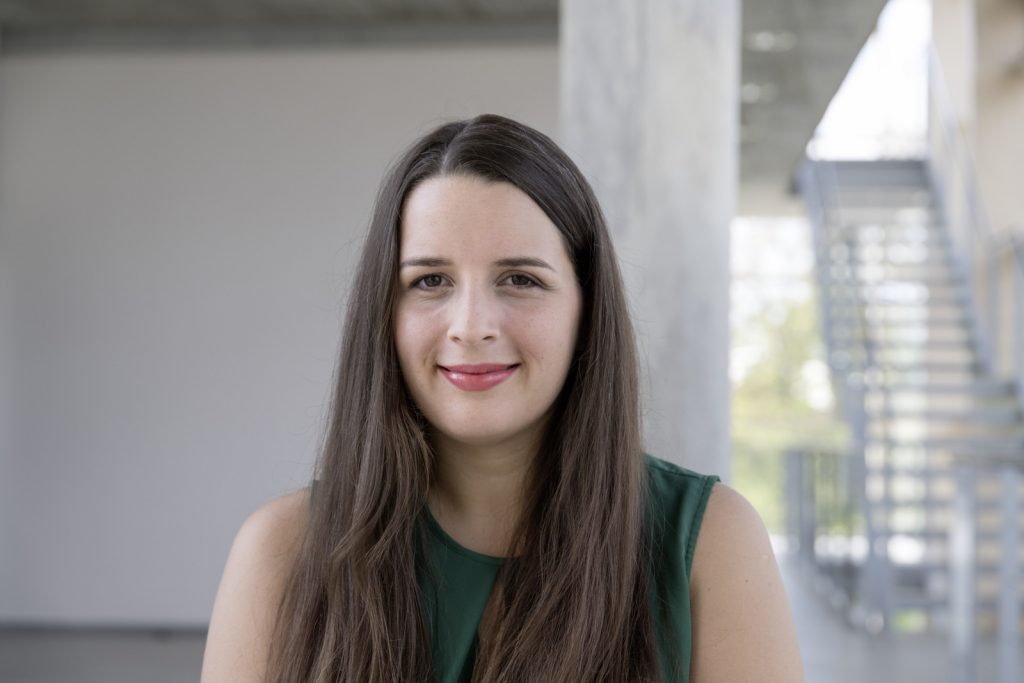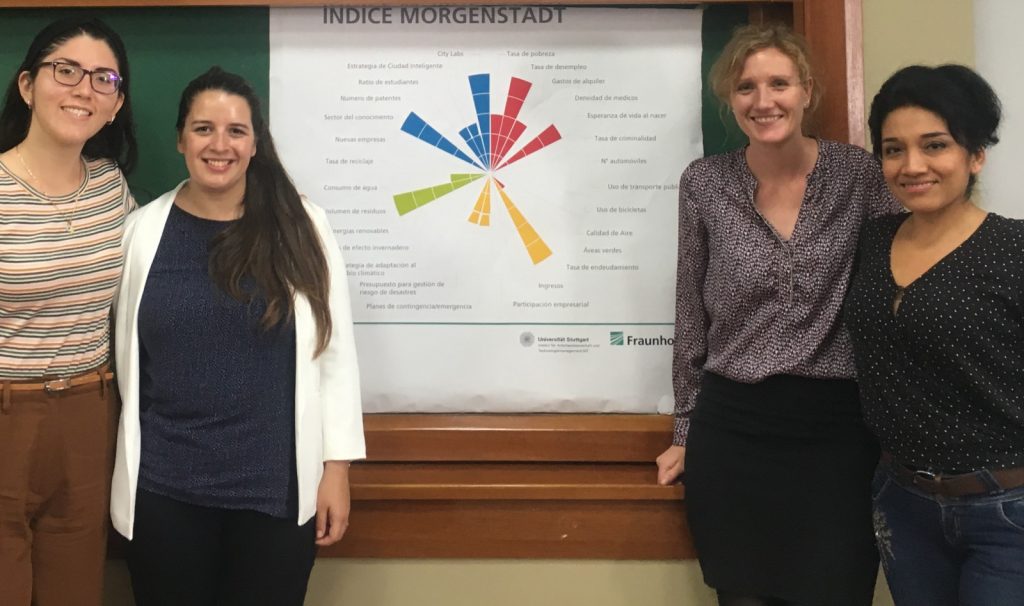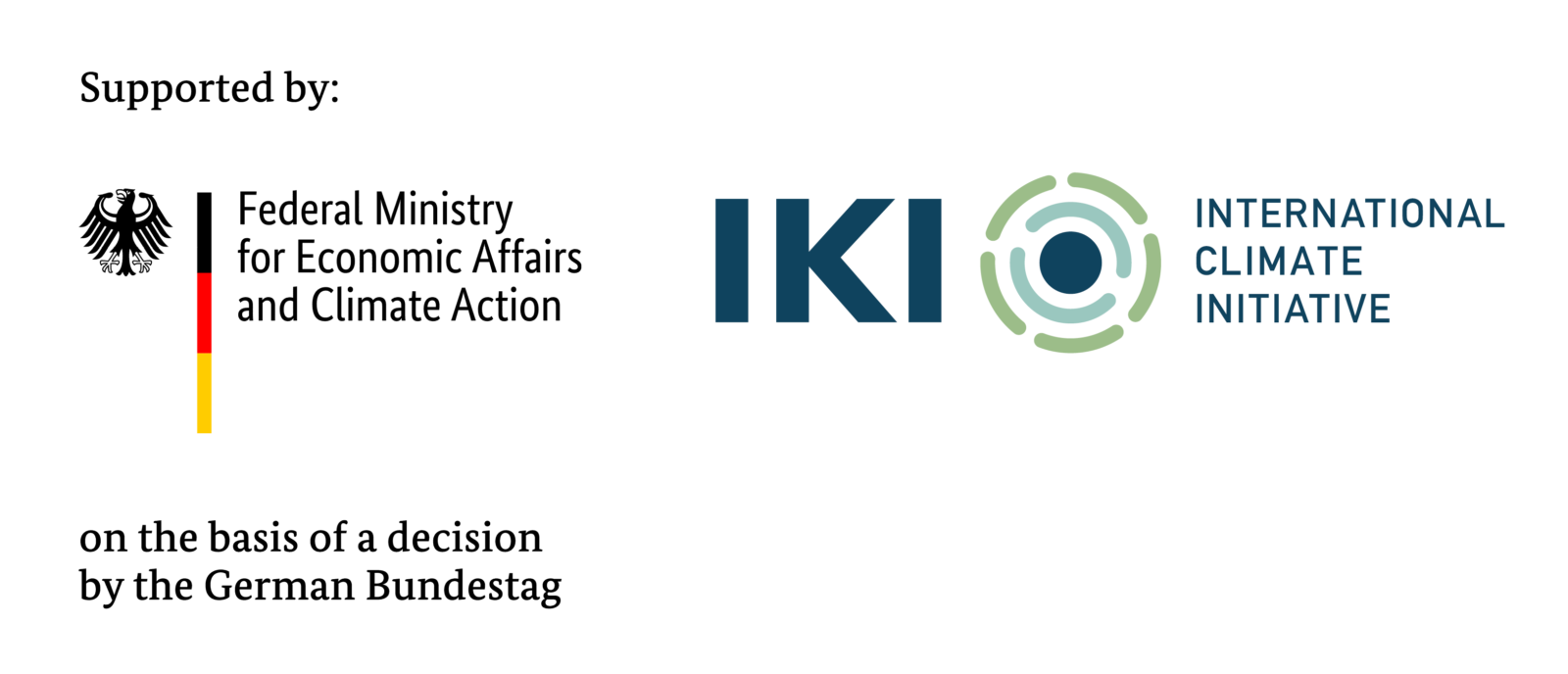Interview with Deputy Coordinator Trinidad Fernandez
“The City Lab is key for tackling climate change from the heart of cities through urban planning, developing a long-term vision and a roadmap for integrating smart, sustainable solutions.”

Interview with Trinidad Fernandez, MGI Deputy coordinator & Leader of the City Lab Piura from Fraunhofer IAO
Q.: At which stage is the City Lab in Piura right now?
A.: Over the past few months, we have been defining the project’s focus sectors, which will be the water, energy and urban planning sector. Recently we have entered the first phase of the City Lab that focuses on analyzing city data and documents to get a better understanding of the city’s challenges.
Q.: Which factors are unique for the analysis of Piura?
A.: Piura is one of the areas most affected by the previous El Niño phenomenon causing major flooding and raising great challenges in terms of reconstruction. Additionally, Piura is one of the cities with the highest population and economic growth in Peru. Such massive urban expansion means that the existing infrastructures are unable to meet the needs of both the city’s current and future population in terms of health, safety, etc.
F.: How do your tasks as Deputy Coordinator, City Lab Leader and Sectoral expert differ? Does the triple perspective influence the way you work?
It is more about connection than it is about differentiation. I believe that I have a privileged position within the team as I can combine these three roles. This triple perspective has allowed me to find synergies between the more scientific work of the City lab, where content must be created, and the coordination work, which requires the provision of guidelines and directives to enable the research exercise.
For example, being an expert, I can contribute results from a specific sector, but in the lead role, I can establish the action framework and decide about the various activities to be carried out. In general, this triple perspective has allowed me to develop creative processes and mental structures supporting these roles. This constant change of roles has been challenging, but in the long run, it allows me to better understand the needs on each individual level, contributing to the final result.

Q.: Which are the strengths and weaknesses and therefore, chances and risks of the city of Piura?
A.: When the Chira river overflowed its banks caused by heavy rainfall, it also marked a turning point for the region. The lack of preparation and prevention in an area highly vulnerable to natural disasters revealed how fragile urban planning in Piura was. Therefore, it is crucial to develop a holistic city vision and plan to find the best possible solutions for land and infrastructure use. The city is aiming to be a leader in research and innovation; this represents an asset, which is crucial for sustainable development.
Q.: What does your typical working day in the City Lab look like?
A.: Not all days are the same, but they do have one common goal: to understand Piura’s challenges and opportunities to support its sustainable development. Through different methodologies and exchange with our local partners, we are building a city profile that will enable us to co-create new project ideas to be implemented in the future.

